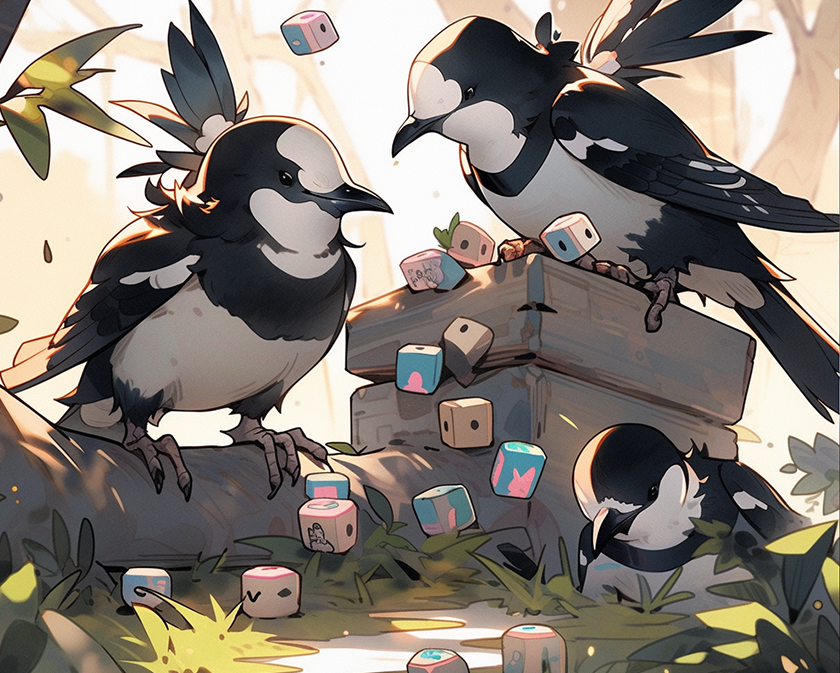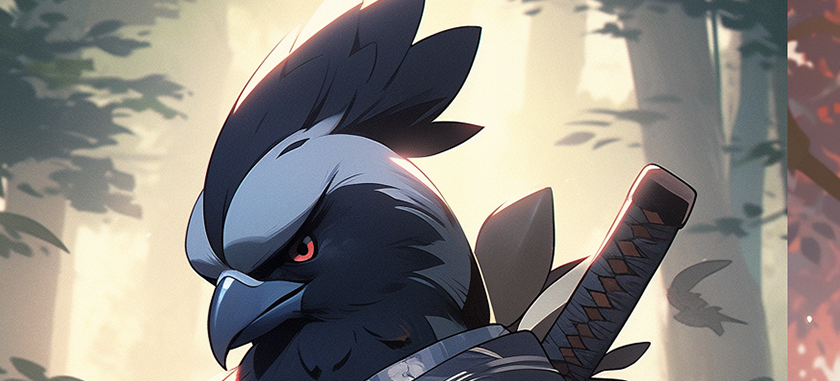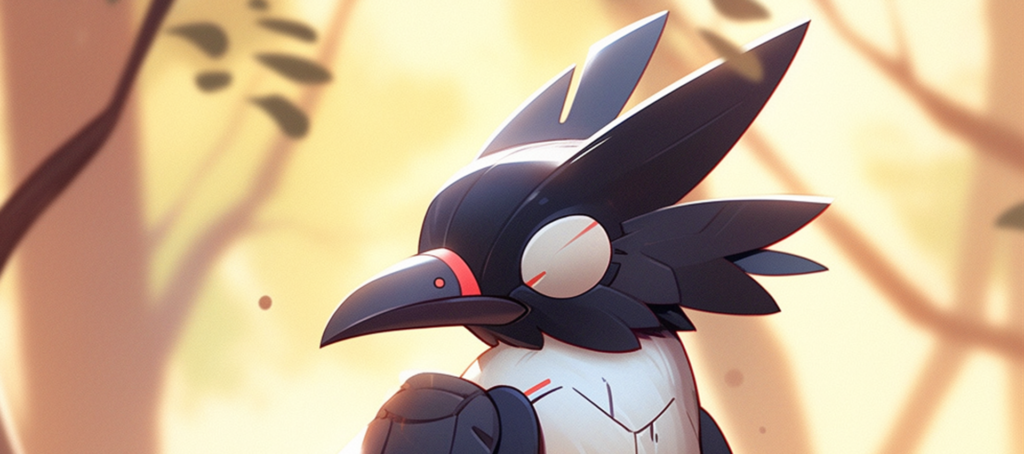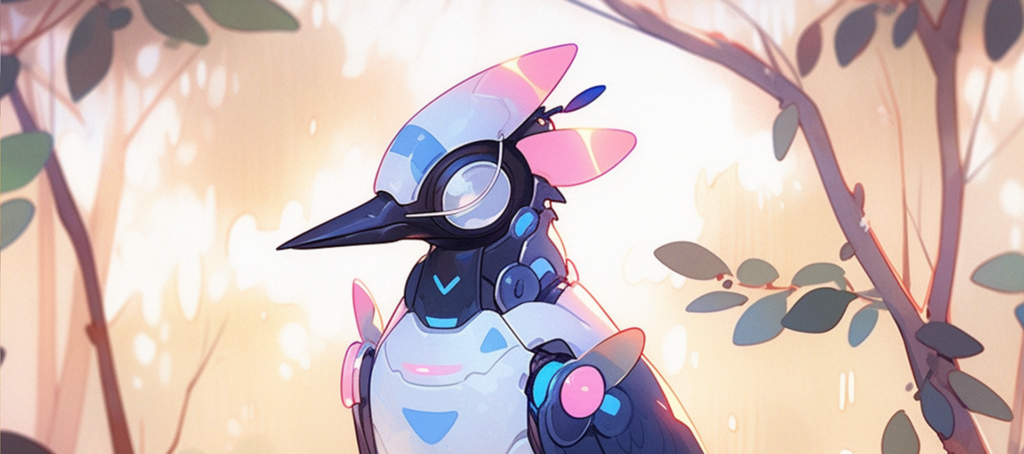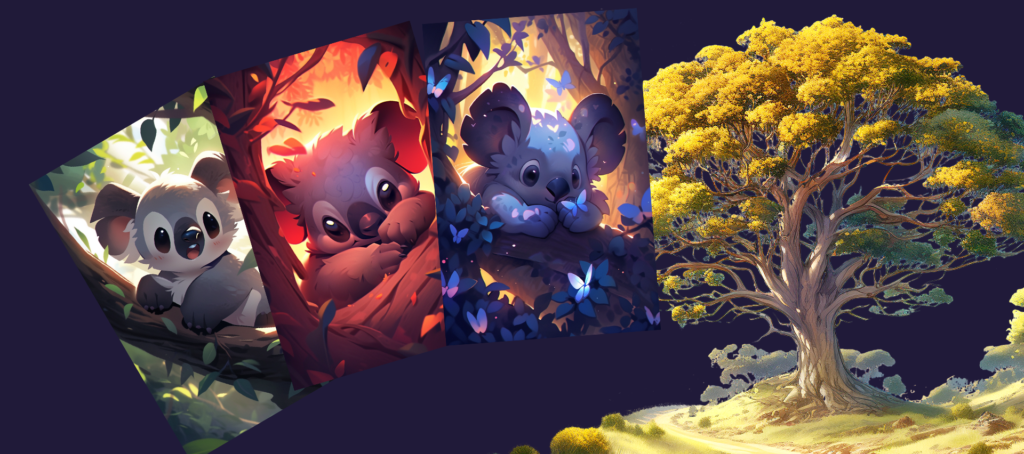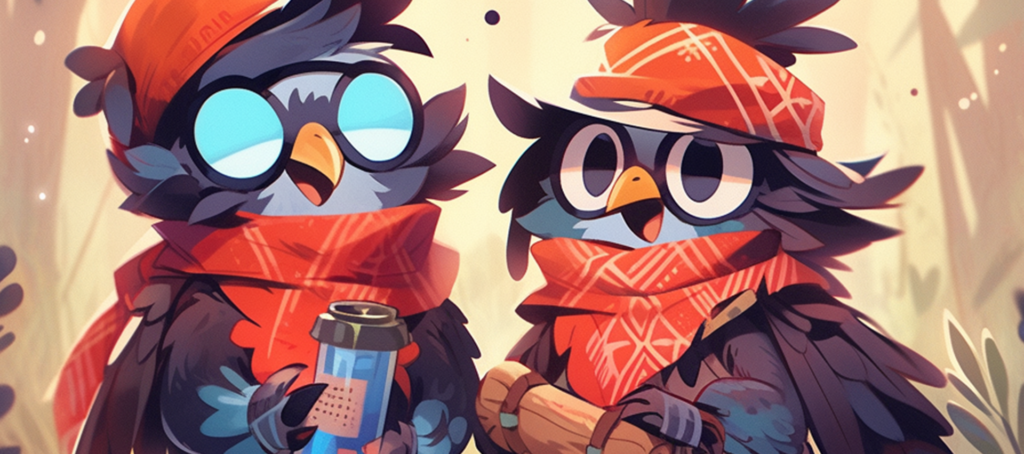How can you make a clear and understandable board game prototype?

Board game design is a thrilling journey filled with creativity and innovation. One crucial step in this process is creating a prototype that effectively communicates your game’s mechanics and potential. In this blog post, we’ll explore the essential elements of making a clear and understandable board game prototype, ensuring that your vision shines through.
Have a well designed concept
Before diving into prototype construction, ensure you have a well-defined game concept. Your prototype’s clarity begins with a clear understanding of your game’s purpose, theme, and core mechanics. Take the time to brainstorm and refine your idea to create a strong foundation.
What materials and elements should I use?
Selecting the right materials is essential for constructing your prototype. Opt for materials that enhance legibility, durability, and functionality. Clear components make it easier for playtesters to grasp the game’s mechanics and objectives. Think about cards, tokens, boards, and other elements with clarity in mind. As a side note we like to encourage Green Game Design as well. Consider the amount of materials you need to use, the size of the box, how you can trim things down and sustainable and environmentally healthy practises. You can read more about this in the Green Games Guide (https://www.greengamesguide.com)
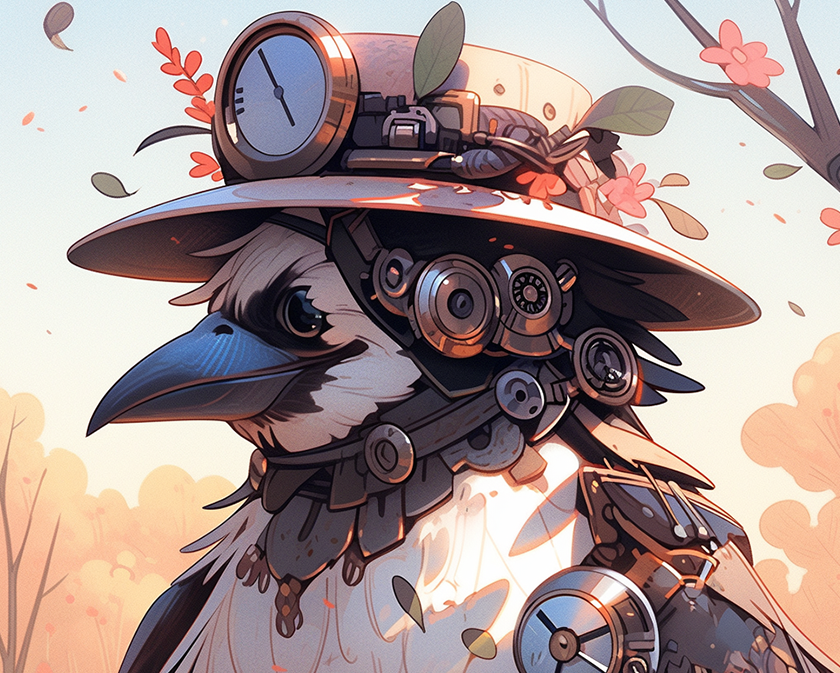
How can you convey board game information?
Effective graphic design is your ally in conveying your game’s message. Employ visual hierarchy, contrast, and consistency to guide players’ attention. Choose fonts, colors, and symbols that enhance clarity and understanding. Keep the design simple and user-friendly.
How do I know when it’s enough?
Simplicity is a virtue in board game design, especially for prototypes. Aim to eliminate unnecessary complexity in both rules and components. The clearer and more straightforward your game, the easier it is for playtesters to grasp and enjoy.
Are rulebooks important?
A well-structured rulebook or reference sheet is invaluable. Organize rules logically, use plain language, and include visual examples where necessary. Ensure that players can easily find answers to their questions and understand how to play.
How important is playtesting?
Playtesting is the crucible where clarity is forged. Gather feedback from playtesters to identify areas of confusion or misunderstanding. Listen to their insights and make iterative improvements to your prototype based on their input. A prototype refined through playtesting is more likely to be understood by a wider audience.
Are player aids worth the time?
Consider including player aid cards or cheat sheets in your prototype. These handy tools provide quick references for players during the game. They can clarify complex rules, remind players of key actions, and enhance overall understanding.
Should I make a digital prototype?
Digital prototyping tools can simplify the process of creating clear and organized prototypes. Explore available software options designed for board game design, as they can help you design components and rulebooks with precision.
Should I show my prototype to others?
Don’t hesitate to share your prototype with others for feedback. Fresh perspectives can uncover areas for improvement that you might have overlooked. External feedback is a valuable resource in enhancing clarity.
As your prototype evolves, maintain version control to avoid confusion. Clearly label and document different versions of your game to prevent mix-ups and ensure consistency.
The board game design journey
Creating a clear and understandable board game prototype is an art that requires attention to detail, effective communication, and a commitment to simplicity. By starting with a strong concept, carefully selecting materials, and embracing graphic design principles, you can craft a prototype that effortlessly communicates your game’s brilliance. Playtesting and external feedback are essential steps to refine your prototype further, ensuring it’s accessible to a broader audience.
Remember that the journey of board game design is an ongoing process of learning and improvement. Your dedication to clarity and understandability will not only benefit your prototype but also enhance the gaming experience for your players. May your prototypes shine brightly, and your creativity continue to thrive.
